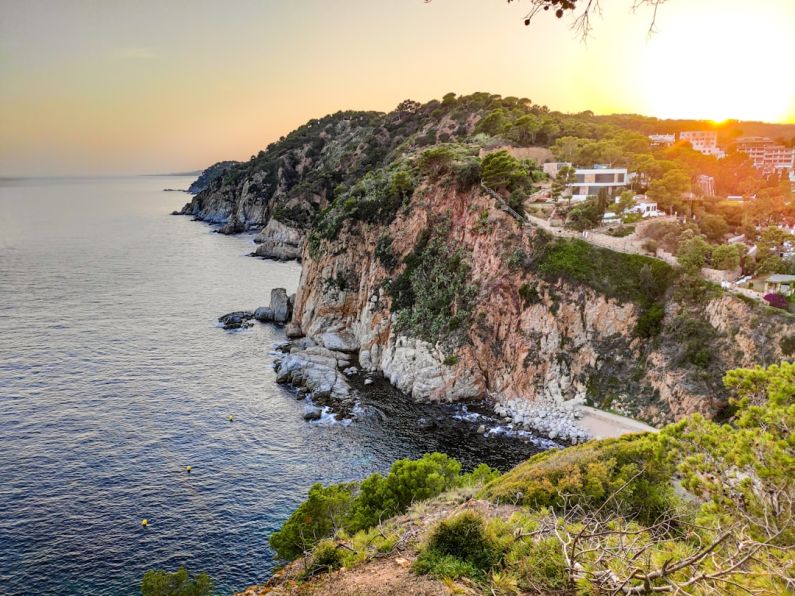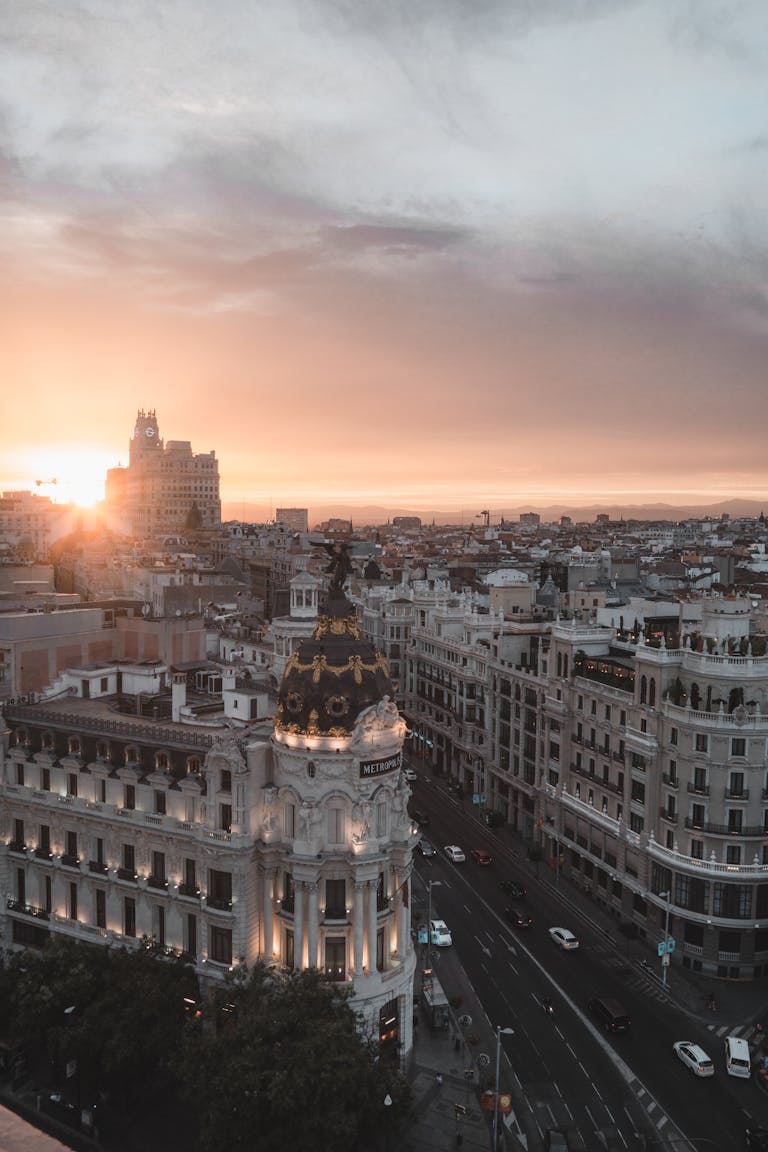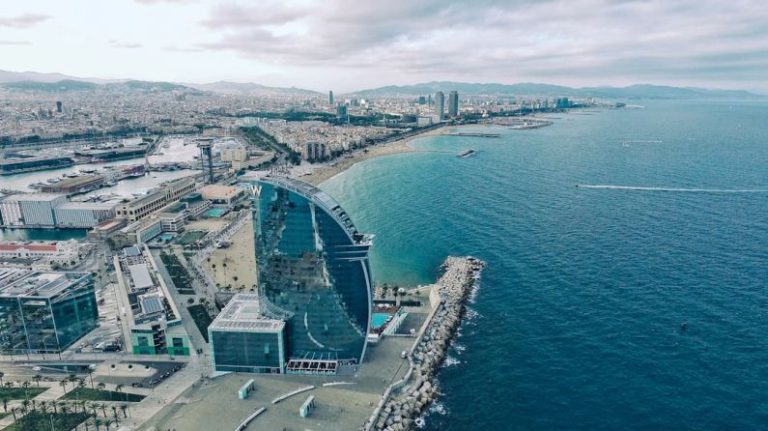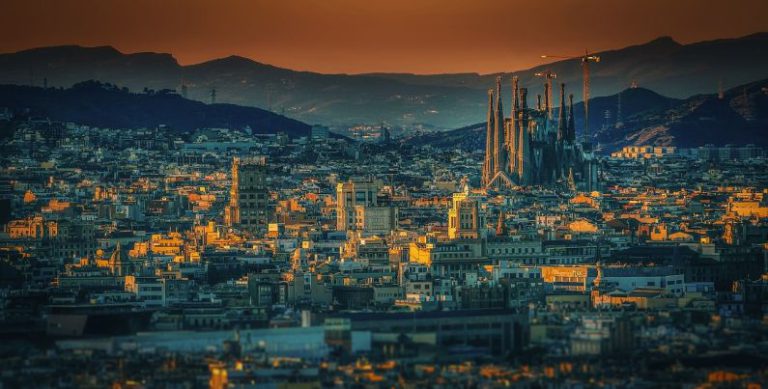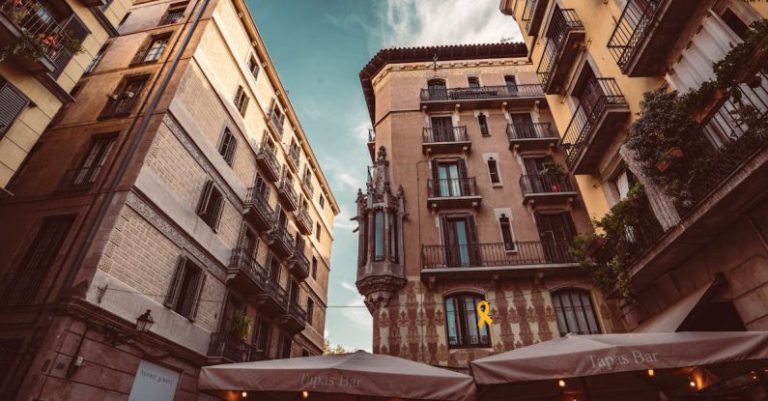Discover Barcelona’s Roman Heritage
Barcelona, the vibrant capital of Catalonia in Spain, is renowned for its stunning architecture, vibrant culture, and picturesque beaches. However, beneath its modern facade lies a rich history dating back to ancient times. The city’s Roman heritage is a testament to its enduring legacy and provides a fascinating glimpse into its past.
Uncovering Barcelona’s Roman Roots
Barcino, as Barcelona was known during the Roman era, was founded in the 1st century BC by the Romans. The city quickly grew in importance as a strategic port and trading hub in the region. Today, visitors can still see remnants of this ancient past scattered throughout Barcelona, offering a unique opportunity to step back in time and explore the city’s Roman heritage.
The Roman Walls of Barcelona
One of the most iconic remnants of Barcelona’s Roman past is the ancient city walls. Built in the 4th century AD, these walls once encircled the city, providing protection and fortification against external threats. While much of the original walls have been lost to time, several sections still stand today, offering a glimpse into the city’s former glory. Visitors can walk along these walls and marvel at the engineering prowess of the Romans while enjoying panoramic views of the city below.
The Temple of Augustus
Another must-see Roman relic in Barcelona is the Temple of Augustus. Built in the 1st century BC, this ancient temple was dedicated to the Emperor Augustus and served as a focal point for religious ceremonies and public gatherings. While only four columns remain standing today, the temple’s grandeur is still evident, providing a stark contrast to the modern buildings that surround it. Visitors can admire the intricate carvings and architectural details that have withstood the test of time, offering a glimpse into the city’s Roman past.
Barcelona’s Roman Tombs
For those interested in exploring Barcelona’s Roman heritage further, a visit to the Roman tombs is a must. Discovered in the 1950s during construction work, these ancient burial sites offer a poignant reminder of the city’s Roman inhabitants. Visitors can wander through the underground chambers and marvel at the well-preserved frescoes and inscriptions that adorn the walls. The tombs provide insight into Roman funerary practices and offer a unique perspective on daily life in ancient Barcino.
The Roman Aqueduct of Tarragona
While not located within Barcelona itself, the nearby Roman Aqueduct of Tarragona is a remarkable example of Roman engineering that is well worth a visit. Built in the 1st century AD to supply water to the Roman city of Tarraco (modern-day Tarragona), this aqueduct stretches over 25 kilometers and features impressive arches that still stand today. Visitors can marvel at the sheer scale of this ancient structure and appreciate the ingenuity of the Romans in harnessing natural resources to support their cities.
Exploring Barcelona’s Roman Heritage
Barcelona’s Roman heritage is a testament to the city’s enduring legacy and provides a unique glimpse into its past. By exploring the ancient city walls, visiting the Temple of Augustus, and venturing into the Roman tombs, visitors can gain a deeper appreciation for Barcelona’s rich history. Additionally, a trip to the nearby Roman Aqueduct of Tarragona offers further insight into the engineering marvels of the Roman Empire. Whether you’re a history buff or simply curious about the city’s past, discovering Barcelona’s Roman heritage is a fascinating journey back in time.
